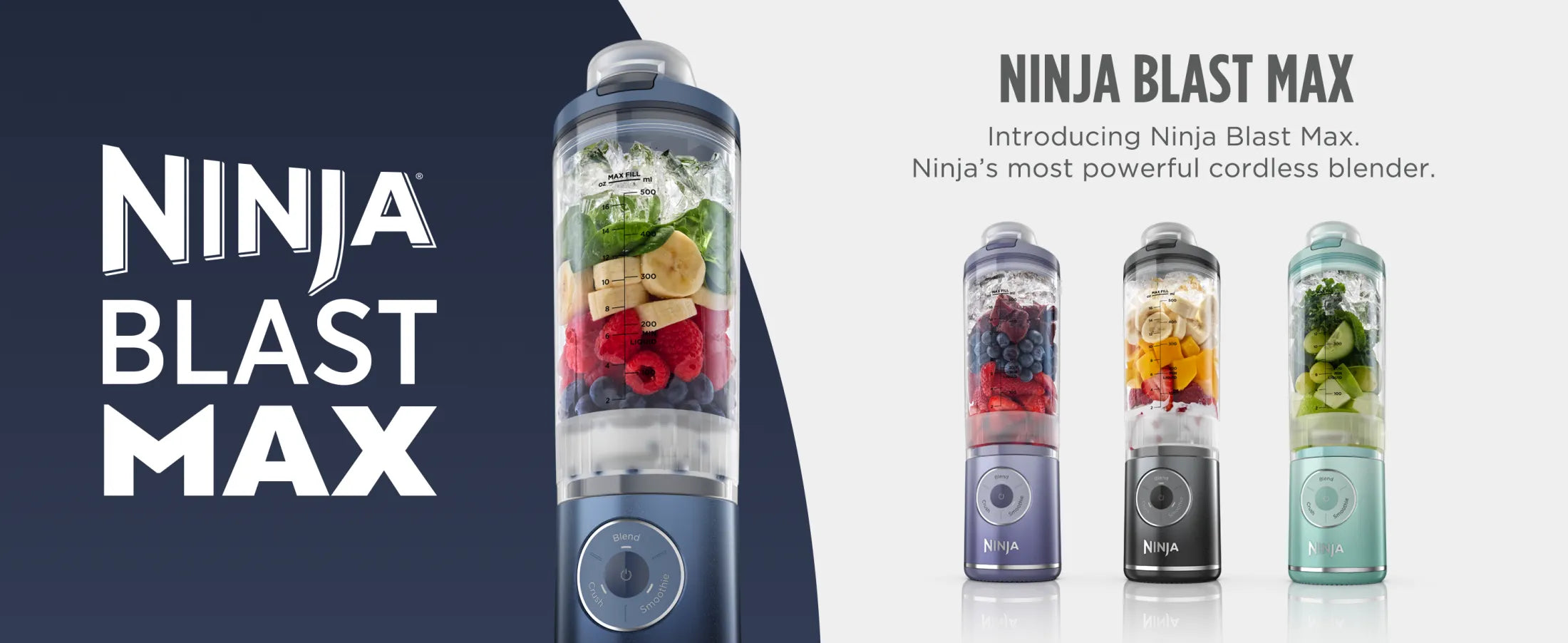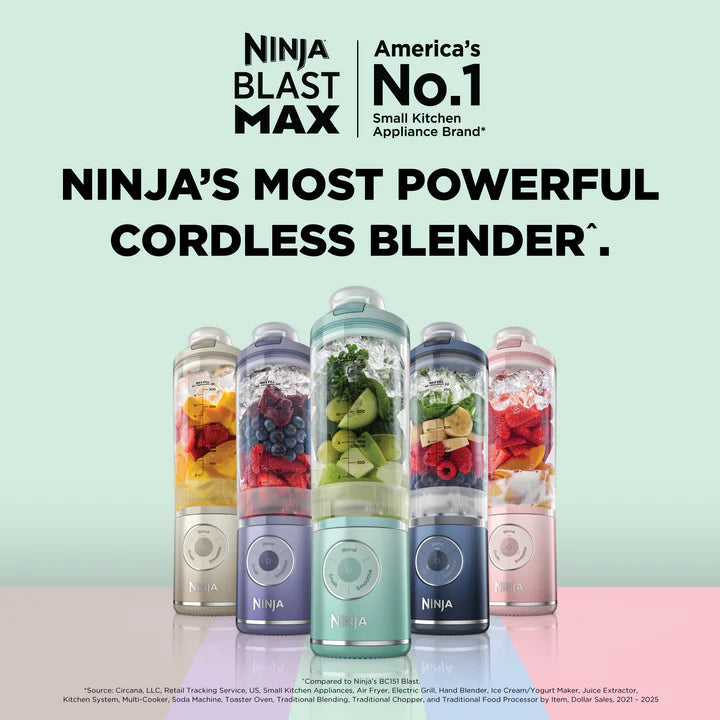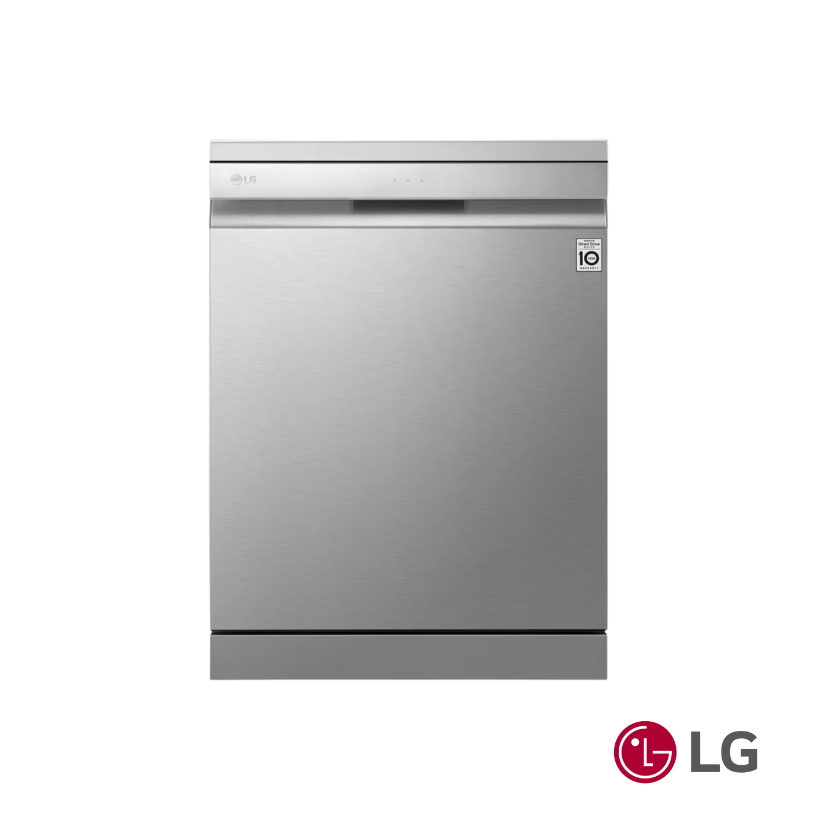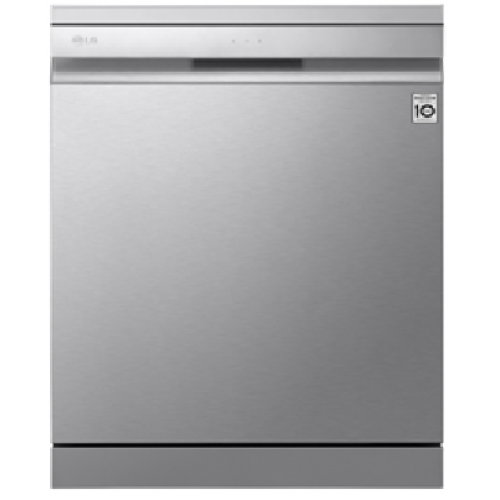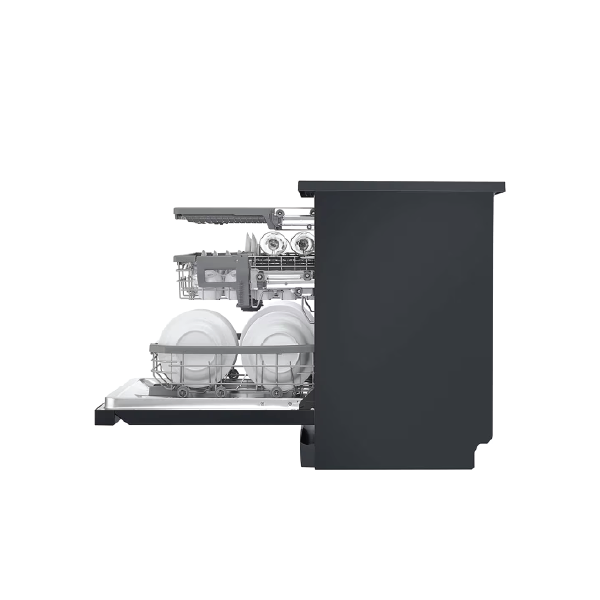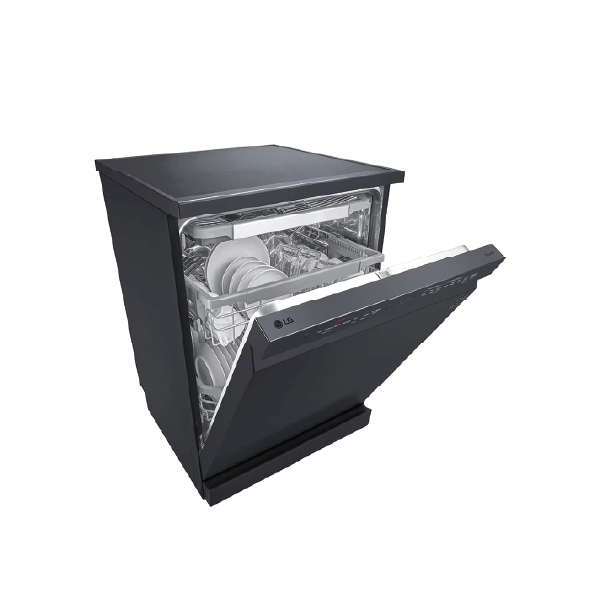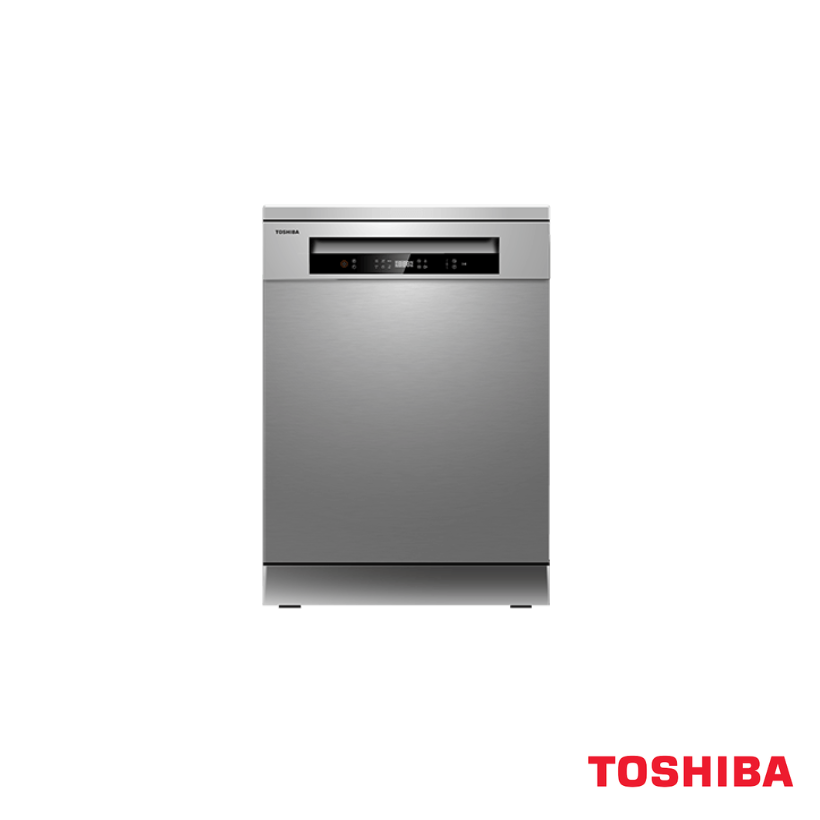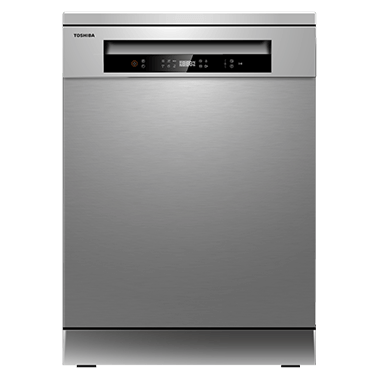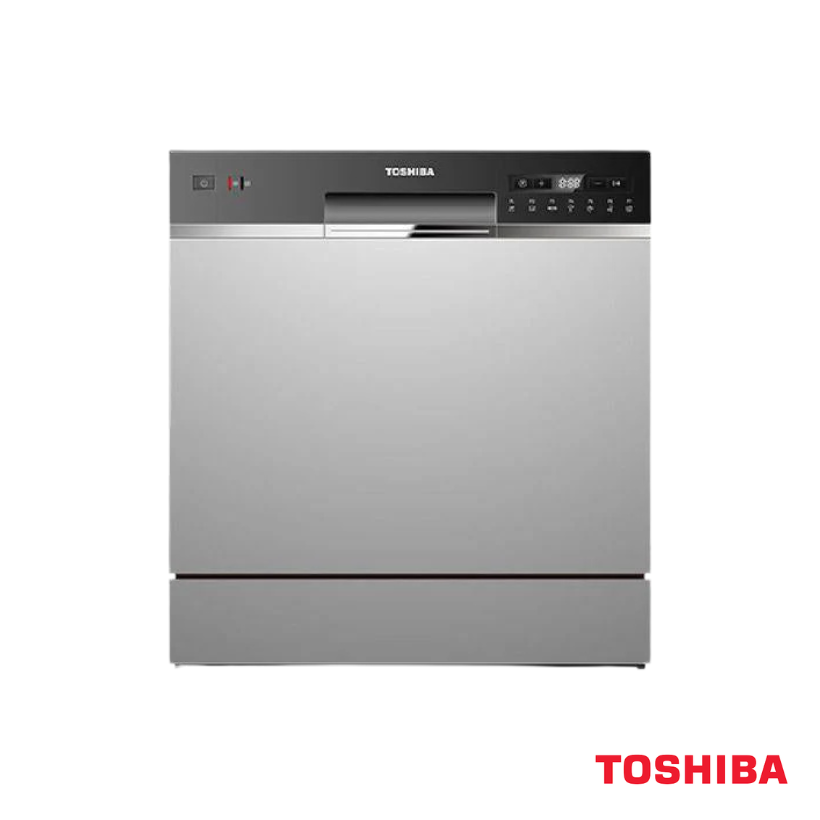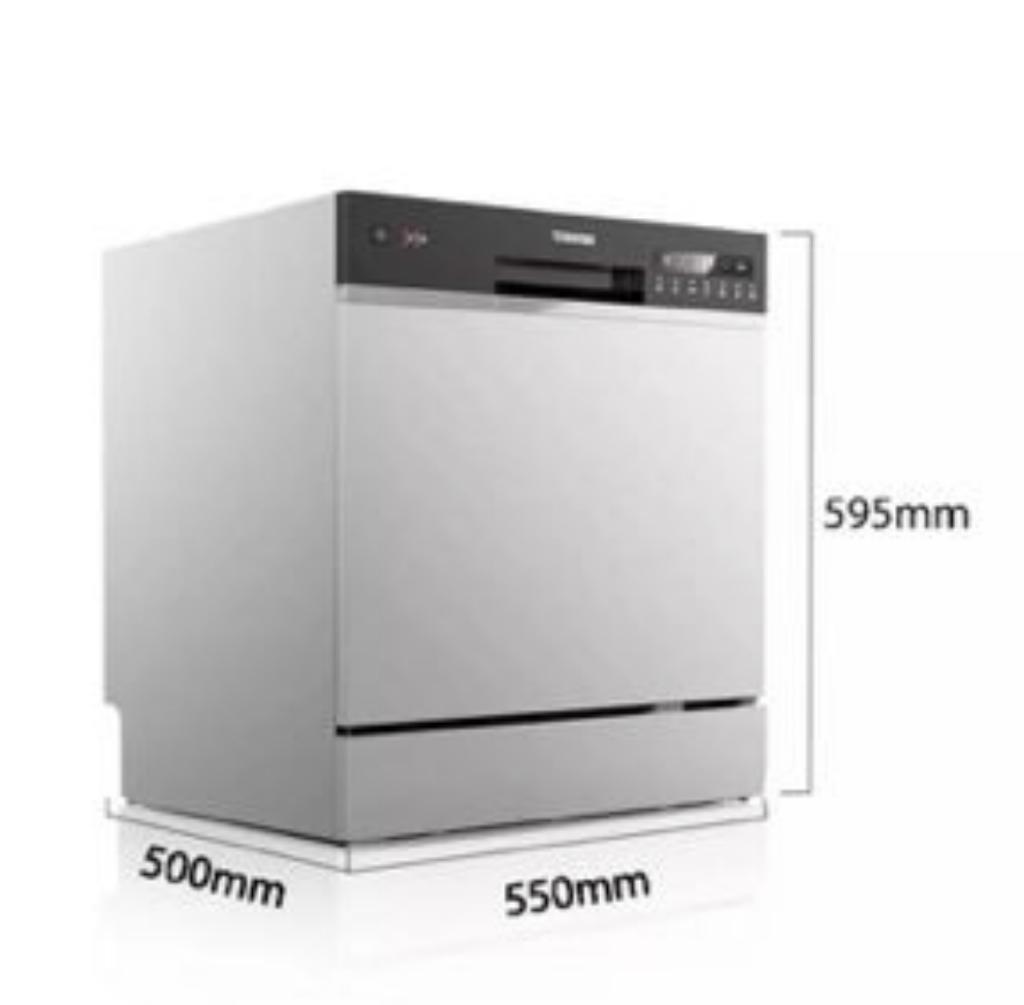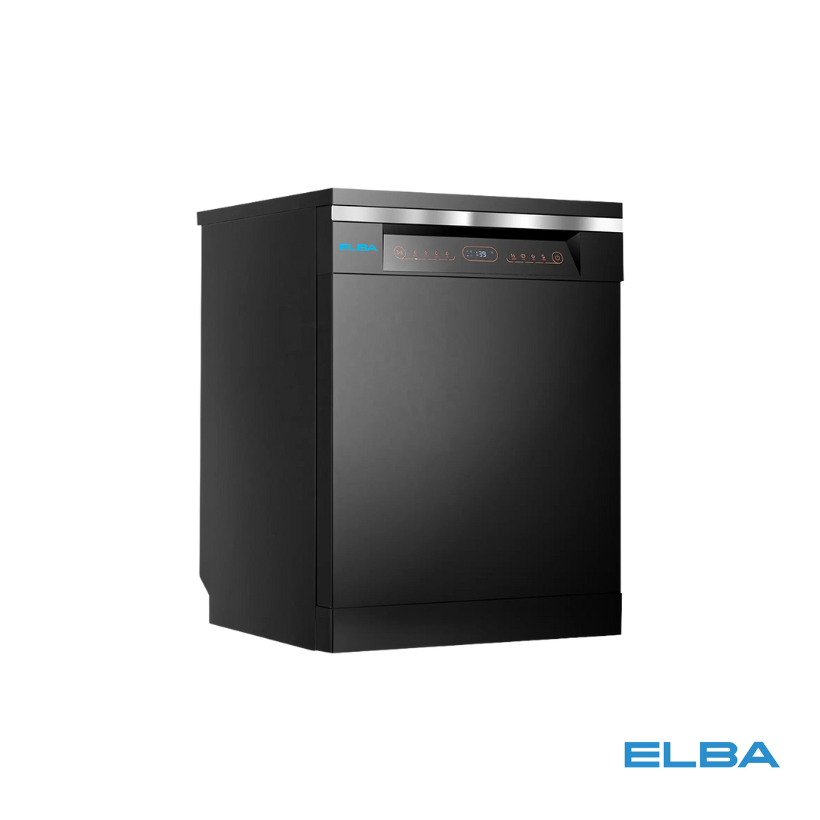A dishwasher is an automatic machine that cleans dishware, cookware, and cutlery. It works by spraying hot water mixed with detergent at the dishes, then draining the dirty water and rinsing them with clean hot water. Many models also include a drying cycle.
Here's a breakdown of how dishwashers work and their benefits:
How Dishwashers Work:
- Water Fill: The dishwasher takes in a small amount of water from the household supply into a basin at the bottom.
- Heating: A heating element at the bottom heats the water to the optimal temperature, usually between 45-75°C (110-170°F), depending on the cycle. Hotter water helps dissolve detergent and remove greasy soils.
- Detergent Release & Spray: Dishwasher detergent is released at the appropriate time in the cycle. A pump then forces the water and detergent mixture up into rotating spray arms (or towers) that blast the dishes. The velocity of the water provides the scrubbing action.
- Filtration & Drainage: Food particles are washed away and caught in a filter. The dirty water is then drained out of the machine.
- Rinsing: The dishes are rinsed with clean hot water to remove any remaining debris and detergent. This water is also drained.
- Drying (Optional): Many dishwashers have a heated drying cycle, where the heating element warms the air inside to evaporate water from the dishes. Alternatively, you can often choose an air-dry setting to save energy.
Key Components:
- Control Mechanism: Manages the duration and functions of each cycle.
- Water Intake Valve: Controls the flow of water into the machine.
- Circulation Pump: Moves water to the spray arms during washing and to the drain during drainage.
- Spray Arms: Rotate and spray water onto the dishes.
- Heating Element: Heats the water and, in some models, the air for drying.
- Filters: Trap food particles to prevent them from being redeposited on dishes.
Benefits of Using a Dishwasher:
- Time and Effort Saving: Automates the tedious task of hand-washing dishes.
- Hygiene: Dishwashers use hotter water than most people can tolerate for hand-washing, leading to more hygienic cleaning and sanitation (often above 65°C/149°F, with some achieving an 82°C/180°F final rinse).
- Water Efficiency: Modern ENERGY STAR certified dishwashers are often more water-efficient than hand-washing, using significantly less water per cycle (e.g., 6-10 gallons per cycle compared to 20 gallons or more for hand-washing).
- Energy Efficiency: By using less hot water, dishwashers can also be more energy-efficient than hand-washing.
- Reduced Breakage: Minimizes handling of dishes, reducing the risk of chips and breaks.
- Kitchen Neatness: Helps keep the kitchen clutter-free by containing dirty dishes.
Tips for Using a Dishwasher:
- Scrape, Don't Pre-rinse: Modern dishwashers are designed to handle food residues. Simply scrape off large food particles before loading.
- Use Dishwasher-Specific Detergent: Never use regular dish soap, as it will create excessive suds and overflow the machine.
- Load Properly: Don't overload, ensure dishes don't block spray arms, and face the dirtiest parts towards the jets.
- Consider Water Hardness: Hard water can cause spotting and filming. Using a rinse aid or a water softener can help.
- Clean Your Dishwasher Regularly: To maintain efficiency and prevent build-up, it's recommended to clean your dishwasher about twice a month.
Dishwashers come in various types, including built-in, freestanding, and countertop models, offering flexibility based on kitchen size and layout.



